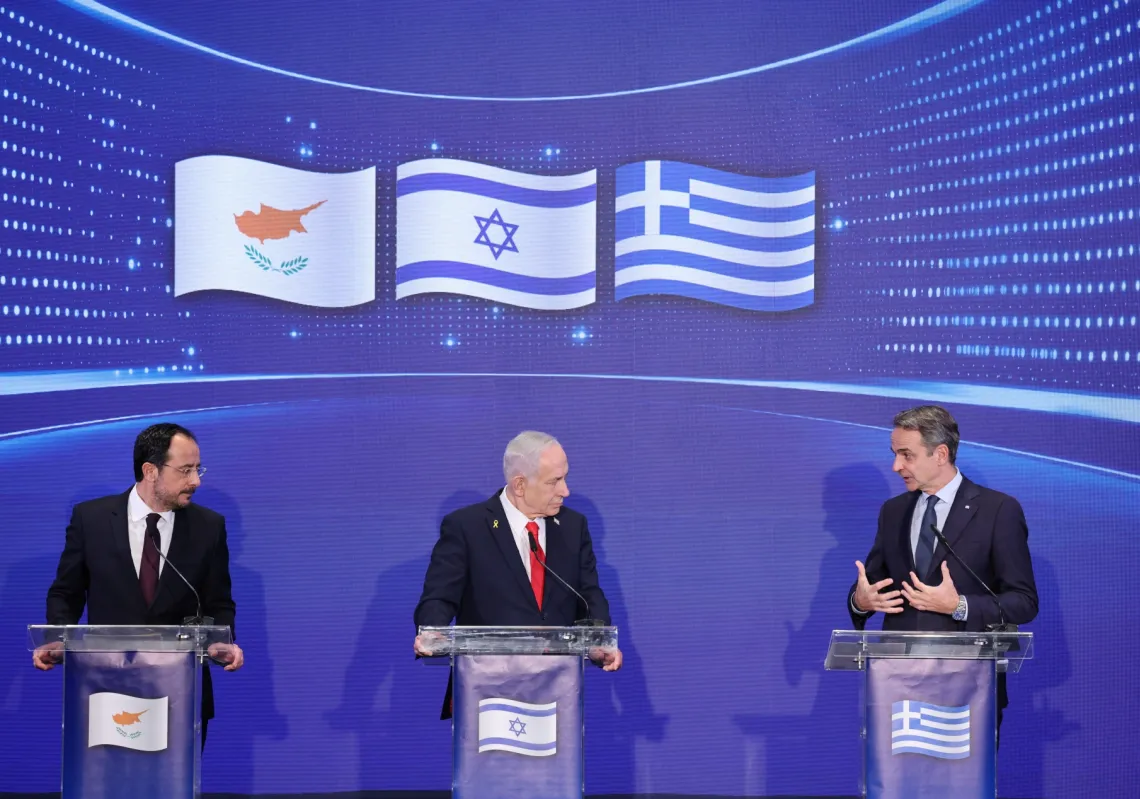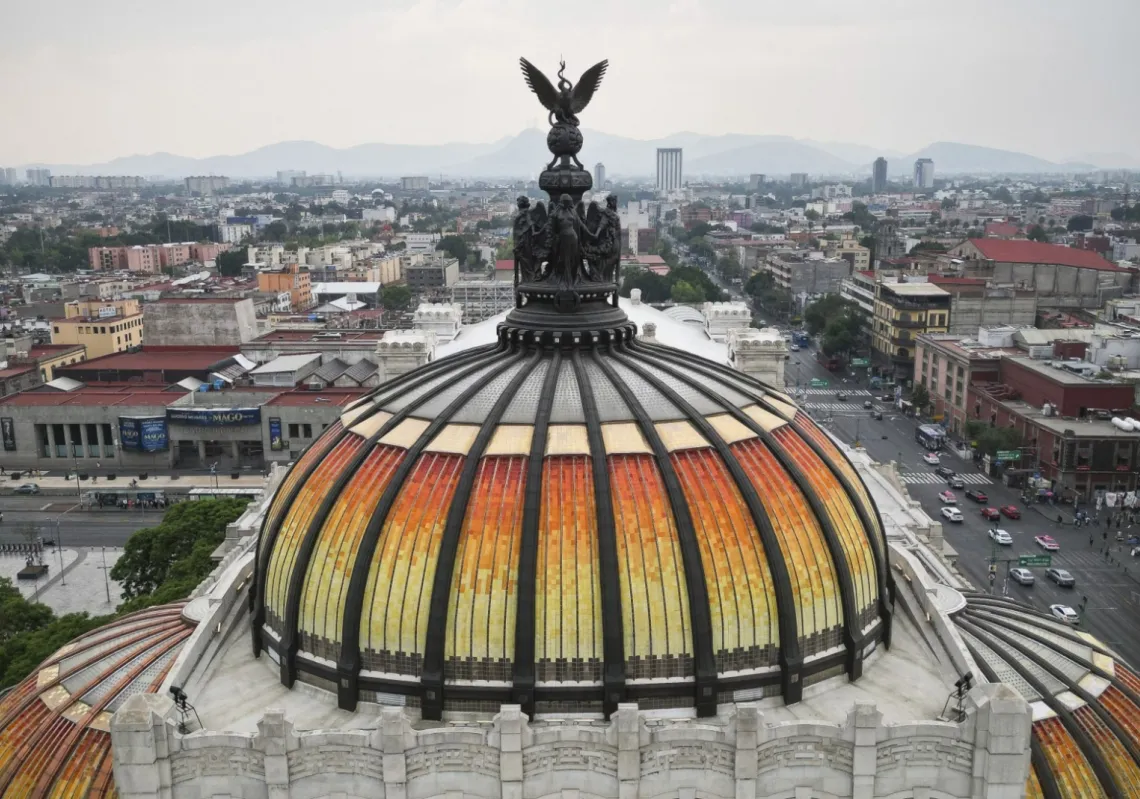Not many people are aware that Armenians in Nagorno-Karabakh have been under blockade for seven months.
As time passes, Azerbaijan has increasingly tightened its blockade of approximately 120,000 people. There has been little international reaction to what can be considered a "crime against humanity".
The International Court of Justice issued a statement on 23 February 2023, ordering Azerbaijan to “take all measures at its disposal to ensure unimpeded movement of persons, vehicles and cargo along the Lachin Corridor in both directions.”
Even the media-shy International Committee of the Red Cross (ICRC) has made an urgent appeal, demanding urgent unblocking of access to Karabakh.
“Tens of thousands of people rely on humanitarian aid reaching them through these routes. The civilian population is now facing a lack of life-saving medication and essentials like hygiene products and baby formula," it warned.
"Fruits, vegetables, and bread are increasingly scarce and costly, while some other food items such as dairy products, sunflower oil, cereal, fish, and chicken are not available. The last time the ICRC was allowed to bring medical items and essential food items into the area was several weeks ago.”
Still, a convoy of trucks transporting 360 tons of urgent food aid, sent from Armenia to the besieged Nagorno Karabakh, was stopped by Azerbaijani forces blocking the Lachin Corridor. This material is only enough to meet the population's needs for two days.
Azerbaijani leadership is employing medieval siege tactics to subdue the independentist ethnic Armenian population of Karabakh.
Despite this, the fate of Nagorno-Karabakh and its population has been deemed by global media as not “newsworthy”. The people of Nagorno-Karabakh are living under blockade and being punished because of who they are.

















